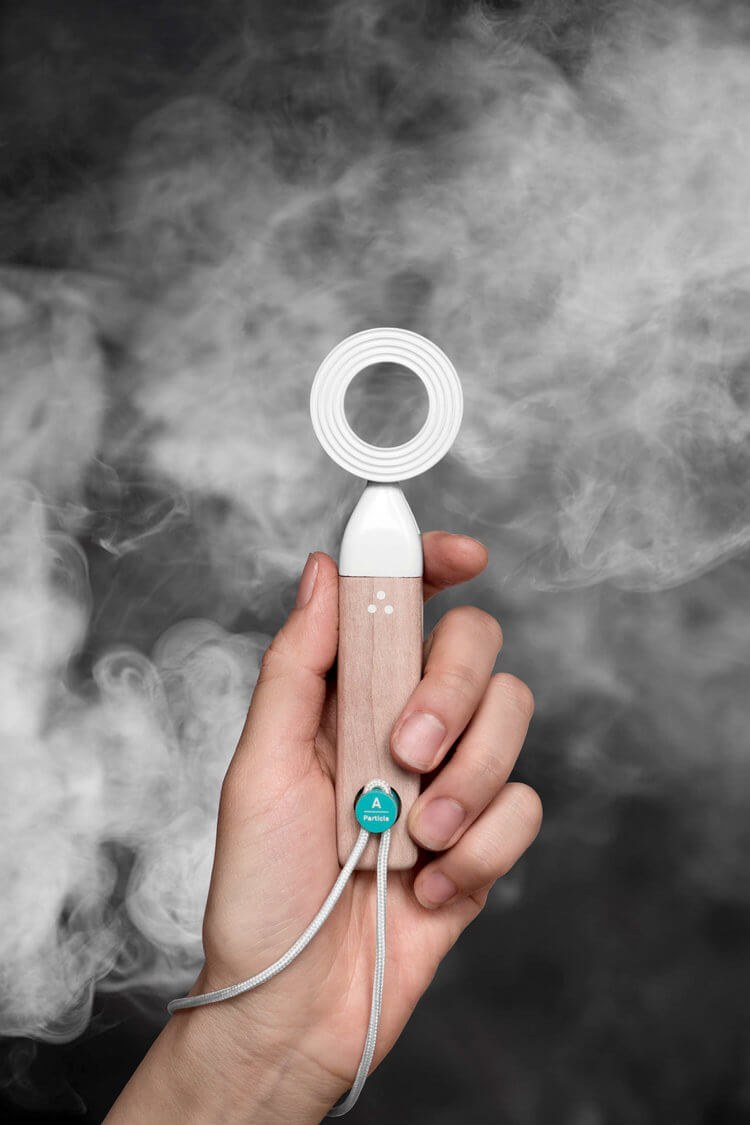Canary
People have historically used animals to detect signs of impending environmental risks. Canaries were brought down to coal mines to act as carbon monoxide, an odorless toxic gas, detectors because their bodies were more vulnerable to airborne poisons. They were able to detect the fumes before they hurt humans; with this example, we thought: How can we give citizens the tools to better understand their environment?
Canary is a system of products that aims to empower citizen scientists by creating a community where citizens can collect and share environmental data, contribute to scientific research, and carry out actionable change worldwide.
*Project sponsored by Google. Collaborated with Industrial and Graphic Designers: April Cheung, India Hillis, Joe Tsao, Justin Babikian


Importance & Background
Canary leverages two major existing platforms, among others: the geocaching crowd and existing citizen science participants. Equipped with power in numbers and socially active users, Canary seeks to tackle diverse and significant environmental concerns.
Case studies in the past include the: Fukushima Nuclear Disaster, where there was an urgent need to quickly collect radioactive data points over a large area, and the Flint Water Crisis, where a government's corruption led to permanent damage in residents that drank its contaminated water. These issues, amongst others, could easily have been solved if a system like Canary was in place to equip the general public to act quickly, as well as inform citizens of the invisible qualities of their immediate environments.
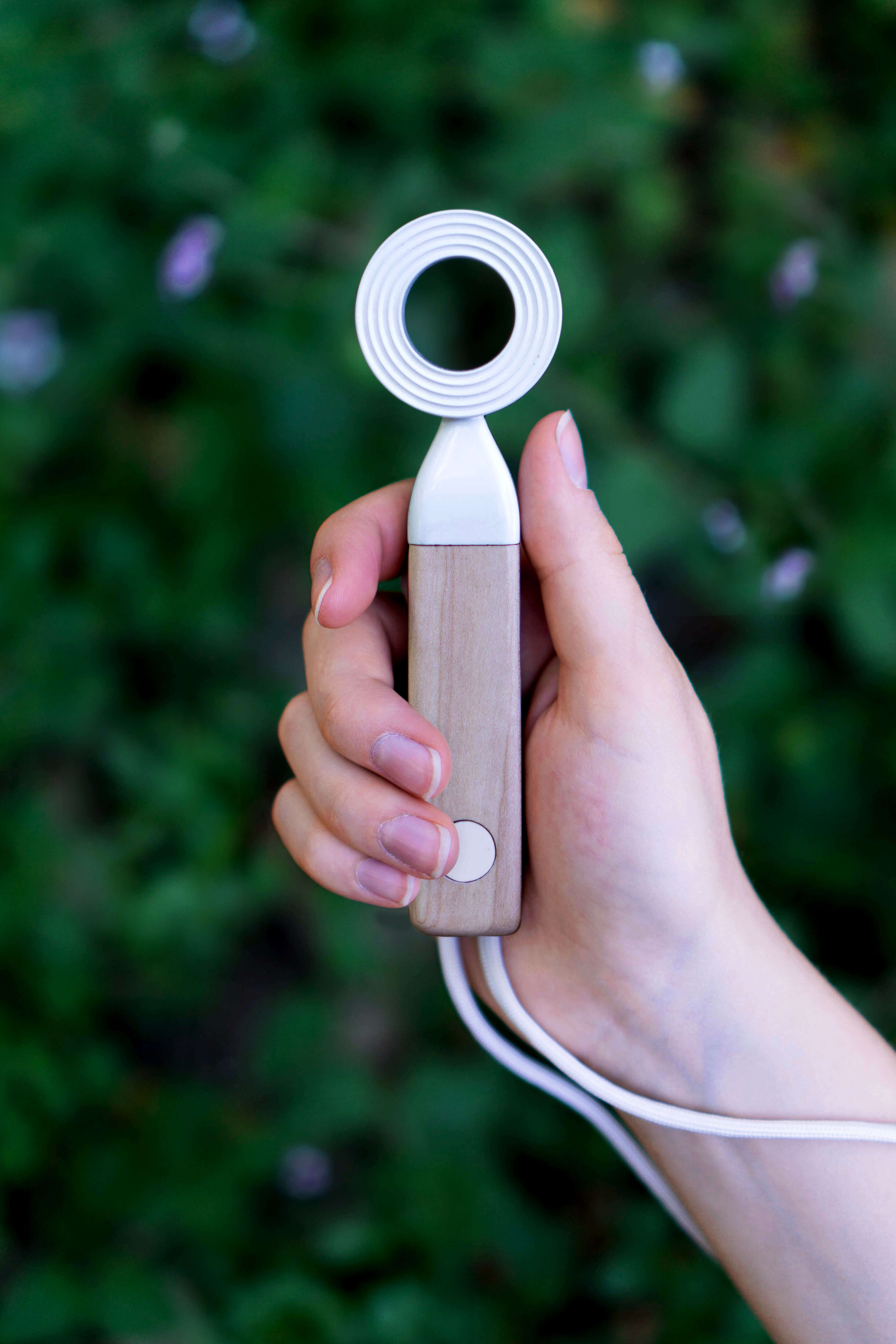



Product Ecosystem
Canary allows citizens to conduct meaningful science through the pairing of both its products and its mobile app. Modules measure aspects of earth, water, and air. When users pair their mobile devices to the environmental sensors, the data is recorded and uploaded to Canary's social network. These globally collected data points also become an added layer of information to Google Map's filter views. This way, anyone can contribute and benefit from Canary's publicly viewable information.
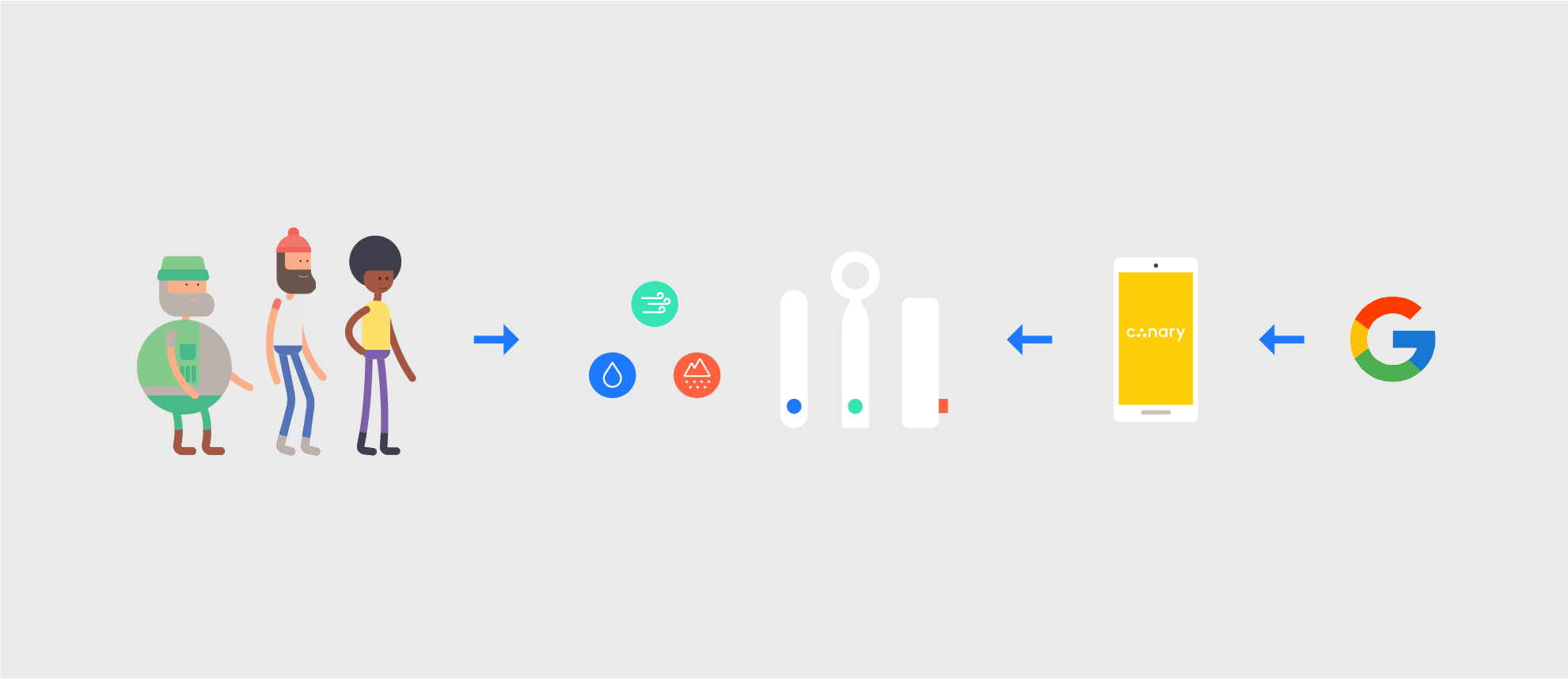

Mobile App
The app allows users to browse and purchase sensors from Canary's catalog of measuring devices. When paired with a device, the on-screen digital interface visually communicates to the user the quality of whatever element they are measuring.
Most importantly, the social platform offered through the mobile app informs and empowers users by providing a social platform where they can visually reference the conditions of their immediate environments.


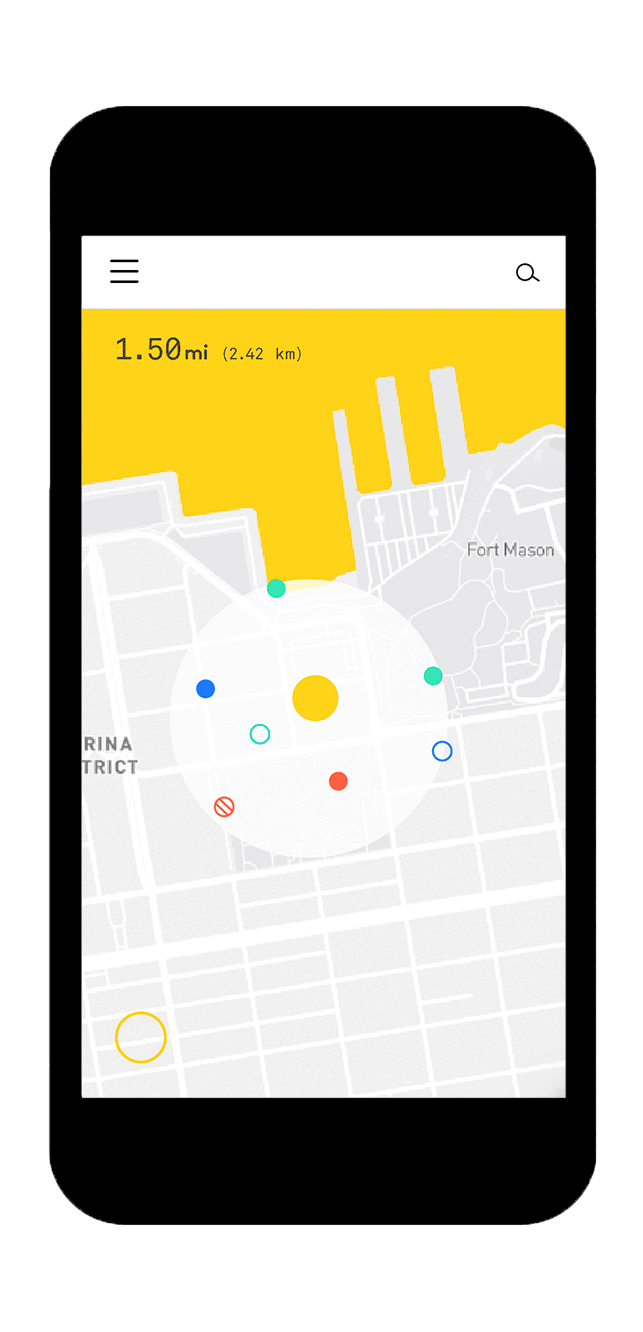













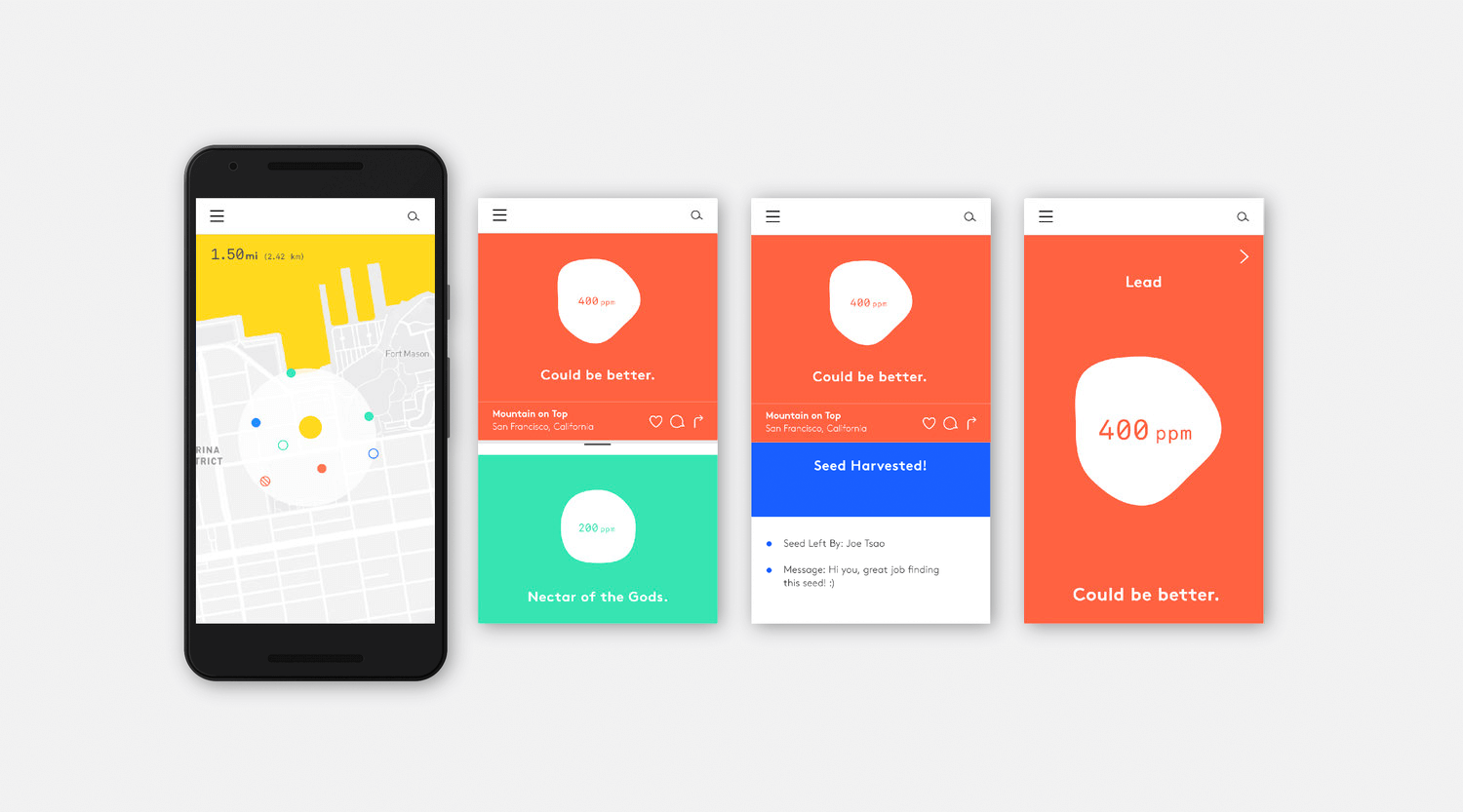

Gamification
We took what we learned from geocaching and applied it to citizen science by adding a level of play to the moible app. Users can earn badges for different achievements.
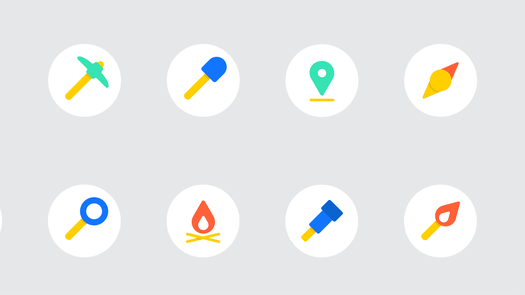







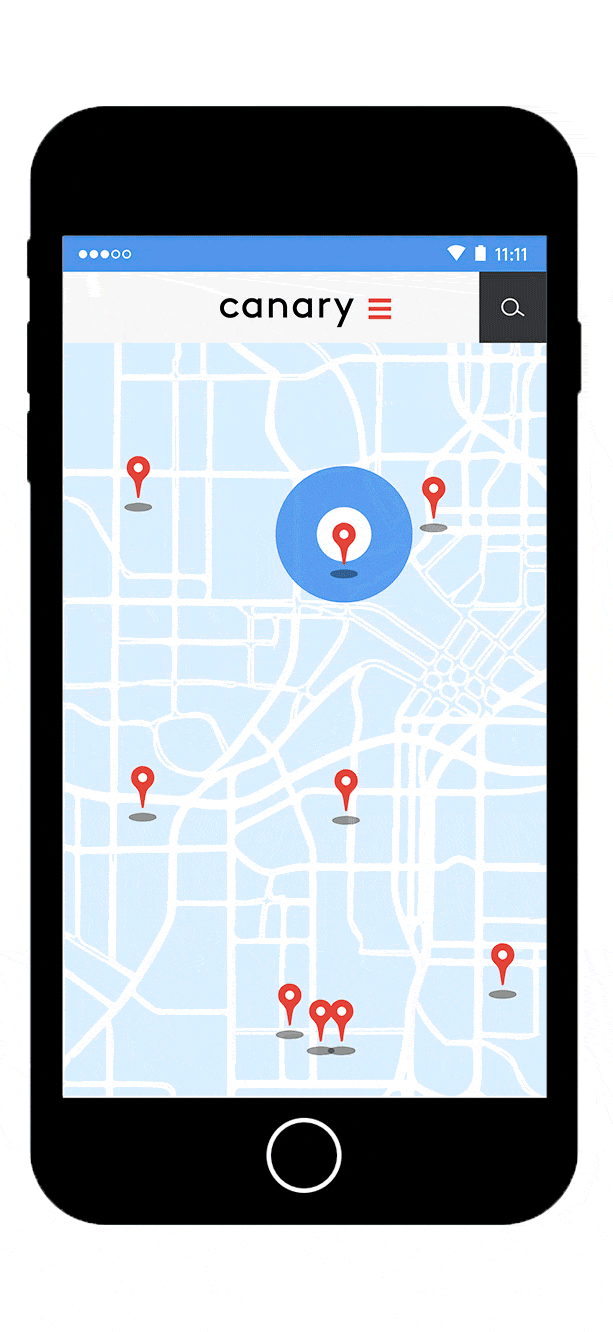

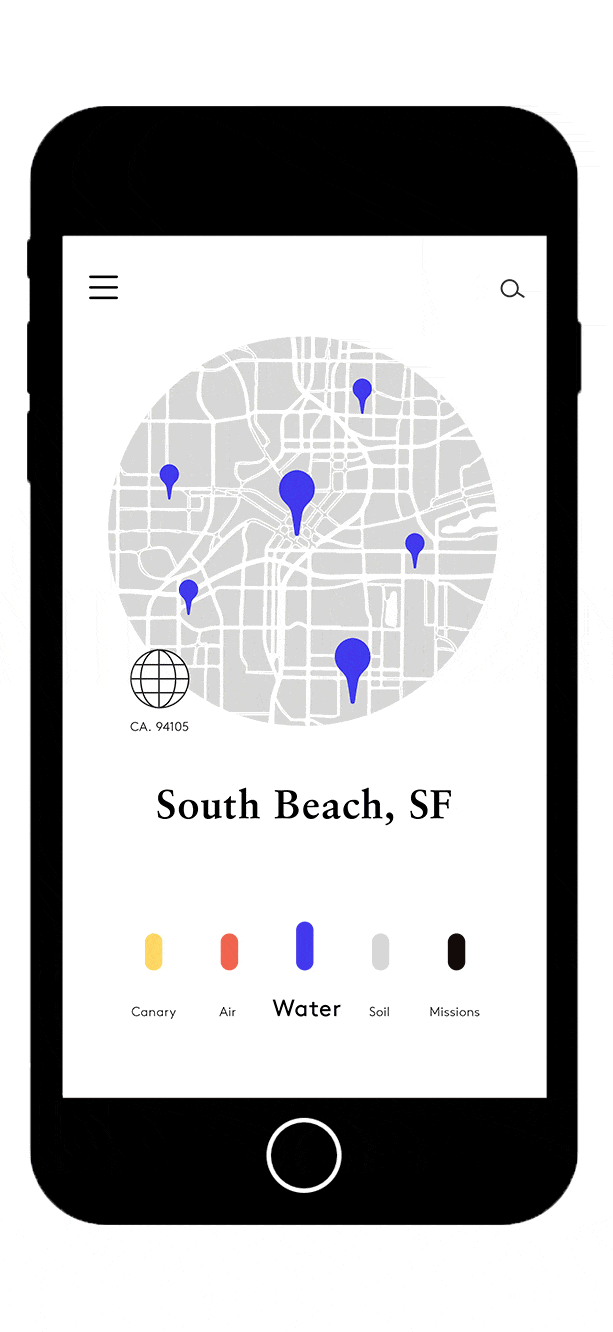

Unconventional Tools
Canary makes science fun through its unconventional approach. The physical products further this idea by playfully re-imagining how traditional science tools are manifested. The modular charging station is comprised of individual wall pegs from which you can hang the handheld sensors.
Product Components
1. Sensor Head, 2. Modular CPU Receptacle (Particle), 3. Modular CPU Receptacle (NO2), 4. Power Button, 5.Charging Cors Base/Battery






Vision
Canary measures three categorical elements: Earth, Water, and Air. The Earth Modules can be uncapped to reveal prongs that collect information like pH, moisture, and acidity when staked in the ground; Water Modules fetch information about water that runs through it as the user ladles it into various bodies of water; Air Modules measure qualities of the air as they are waved around.
With this vision, we hope to encourage a global understanding that not only educates the curious, but equips the informed to make impactful changes to their environments.




